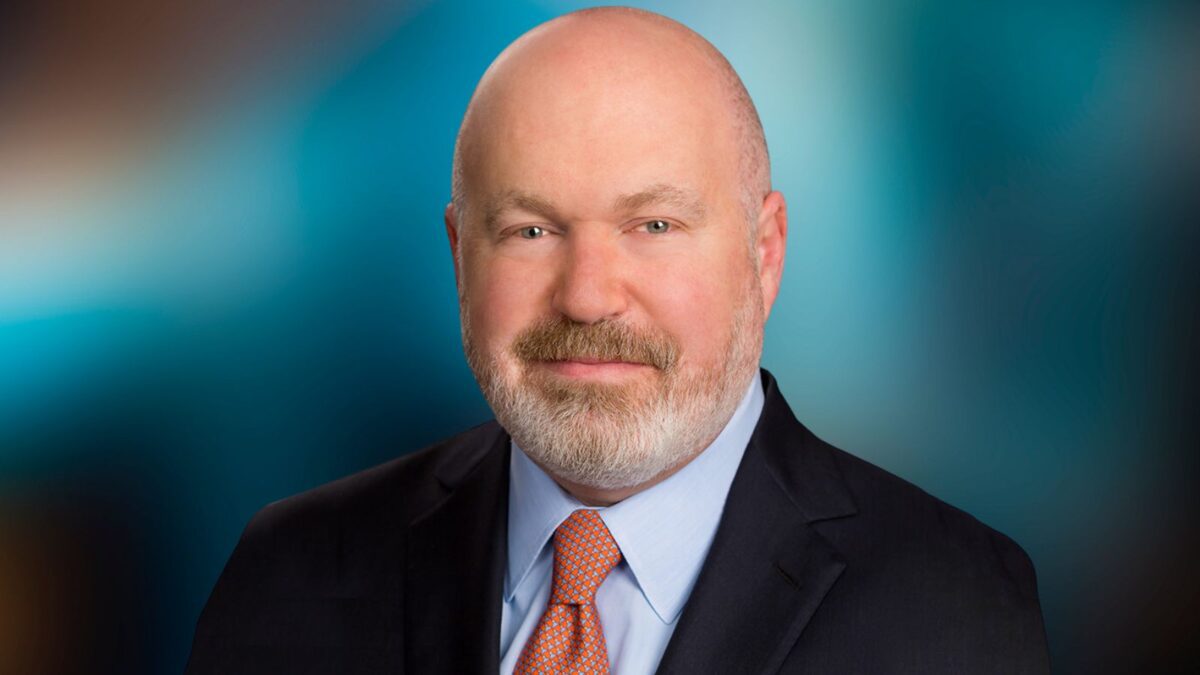Asness goes back to the future for performance predictions
While the hazy days of early January are usually a chance for investors to talk their book and speculate on what’s to come in the year ahead, AQR’s Cliff Asness has instead chosen to look back (and talk his book) from far-off 2035, adopting the guise of a fictional asset allocator mulling what did and didn’t do well in the portfolio over the last 10 years.
For Asness’ fictional allocator (FA), it’s not a pleasant task. Since 2025, world markets have been “subpar” and FA’s performance relative to them has been “simply terrible”.
Investing in US equities at a cyclically adjusted price-to-earnings ratio of 30 turned out to be a bad idea, because the ensuing valuation adjustment means they only beat cash by a couple of percent per annum for the whole decade. International equities performed well once they came down to a price that made sense, but FA cut them out of the portfolio a long time before they did.
But the biggest detractor seems to have been private market assets. FA hoped for more protection from their private equity portfolio, but, in the end, leveraged equites turned out to behave just like leveraged equites “even if you only occasionally tell your investors their prices”. All of that would’ve been okay if private equity outperformed its public counterpart – but it didn’t.
“One super-subtle tipoff we missed was that, like us, every allocator in the world loved privates back then precisely because it didn’t seem that they ever went down a lot – even when the equity market fell sharply,” FA writes. “Laundering our volatility made life so much more pleasant and our investments so much easier to live with!
“Unfortunately, it also turned out that ‘more pleasant’, especially when everyone is engaged in pursuing the same kind of ‘more pleasant’, has a cost. So at the end of the day, a lot of managers got paid a **** ton of money for less-than-equity returns, with at-least-as-high-as-equity risk, just so allocators could feel safe in their jobs and to make sure others thought they were on the cutting edge of investing.”
Still, FA reserves most of their ire for crypto, an asset class that will apparently find its way into a great many institutional portfolios over the next decade and which FA ultimately made a 10 per cent allocation to – before getting cleaned out when the price more than halved. FA also fired all their active managers and abandoned trend-following strategies due to their lackluster performance post-GFC, but stuck with tail, ceding performance to the bleed of having to constantly return to the options market in the absence of fast-moving downturns. FA’s ‘traditional’ (long/short) hedge funds didn’t perform particularly well either due to their high correlation with equity markets.
“I should note that one exception was a handful of the most well-known multi-strat hedge funds that by 2025 had really started to dominate this market.” FA writes. “They paid their people a ton, charged a ton, fired their people if they had a down hour-and-a-half, hedged out factor risk even if it was great factor risk, and all that worked for them again.
“They actually did manage to maintain some very high risk-adjusted returns this last decade, if not huge total returns and certainly more useful for us as an endowment than for a taxable investor. The only problem was there was only so much capacity to go around, and these guys actually maintained discipline about it, so we could only move the dial a bit by owning them. But in a super-tough decade we will take this modest win!”
But going forward, FA has learned their lesson, moving equities back to a global benchmark and taking on an overweight outside the US. They’re never investing in private equity again despite the fact that it’s now cheap, and only investing in value stocks despite value spreads now being “decently below historical norms”. FA is also sticking with the only crypto bet that paid off: a modest allocation to “Fartcoin”.
“The only upside of tough times is we can learn from them,” FA writes. “Here’s to a far better 2035-2044.”











